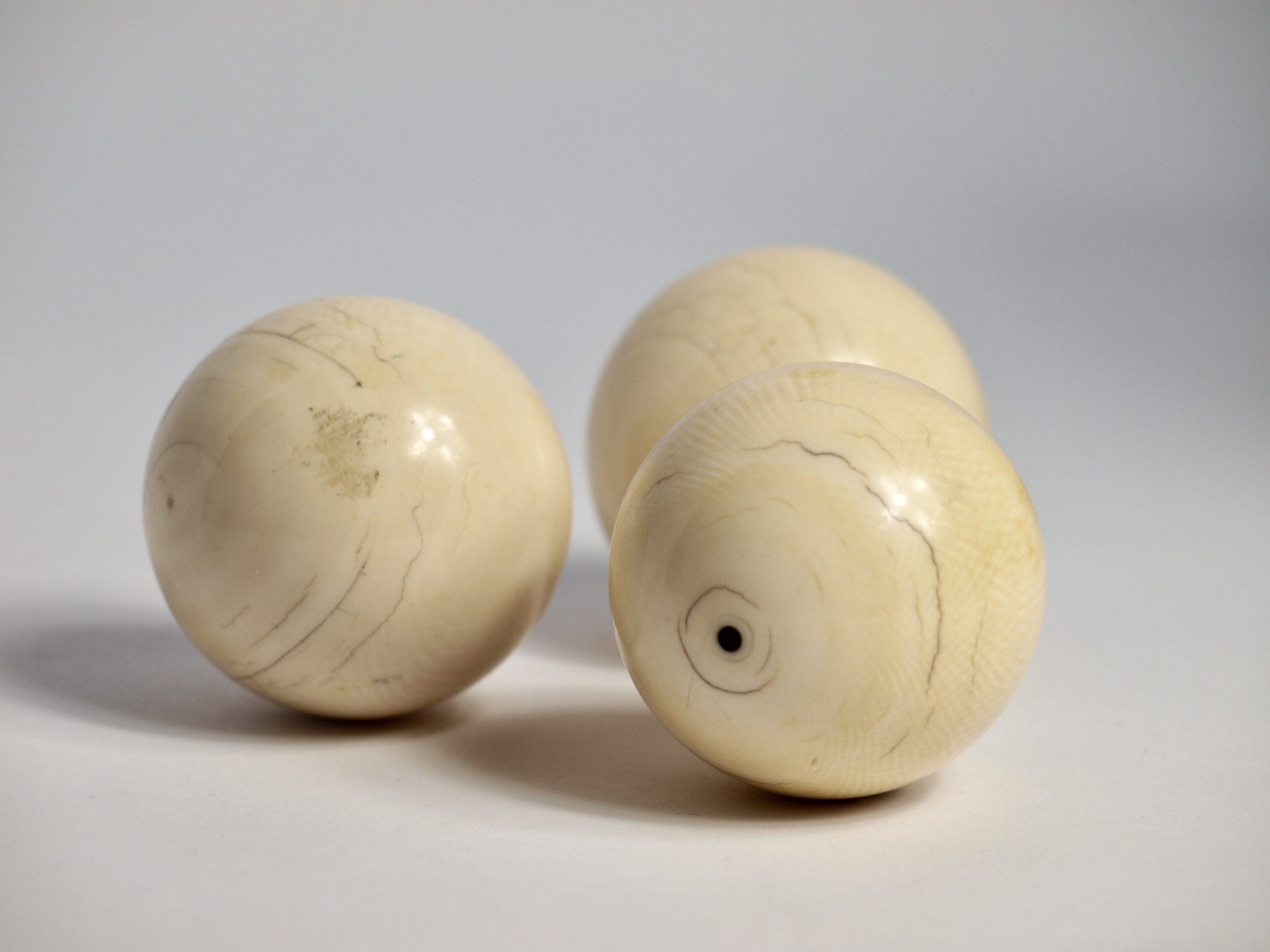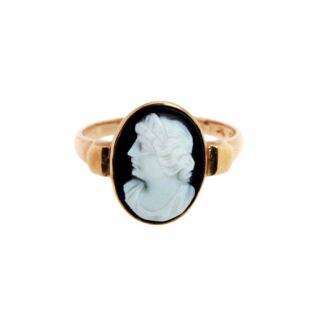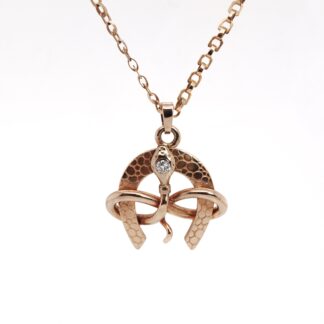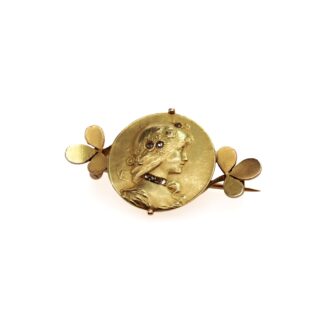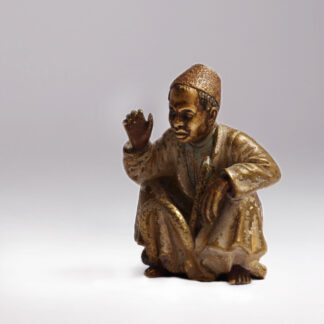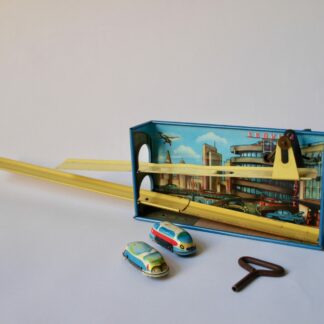Description
In the course of the 19th century, billiards increased in popularity especially in the US and in Europe. Pool halls or, as they are since called in Vienna, pool cafés soon became a popular social hot spot, not only to play billiards but also as a place to see and be seen.
Michael Phelan (1817-1871) was the first to open such a hall on New York Broadway in 1847. He passionately played the game himself and advocated for the standardization of the rules as well as its equipment throughout the 1850s, which very much varied for example in the size of pool tables or the amount of balls in play from hall to hall. Especially the size of the balls differed heavily, which is still resembled by the different diameters of billiard balls, that are used depending on the size of the table or the game today.
Traditionally, billiard balls were made from ivory. High quality ivory is very finely grained, has a shimmery and slightly translucent appearance and a warm touch. The material is very elastic and hard at the same time and features an inimitable pattern of growth. It catered perfectly to the physical needs that the game required yet wore down quite rapidly and had to be reground. The latter impeded Phelan’s endeavor of standardization severely. Also, the balls were highly expensive because of the scarce raw material as of one tusk only up to three balls could be carved. Only at the beginning of the 20th century Bakelite proved to be alternative and quickly replaced the ivory billiard balls. With the invention and further development of plastics and synthetic materials the use of ivory continually declined as its trading was drastically restricted in 1889.

